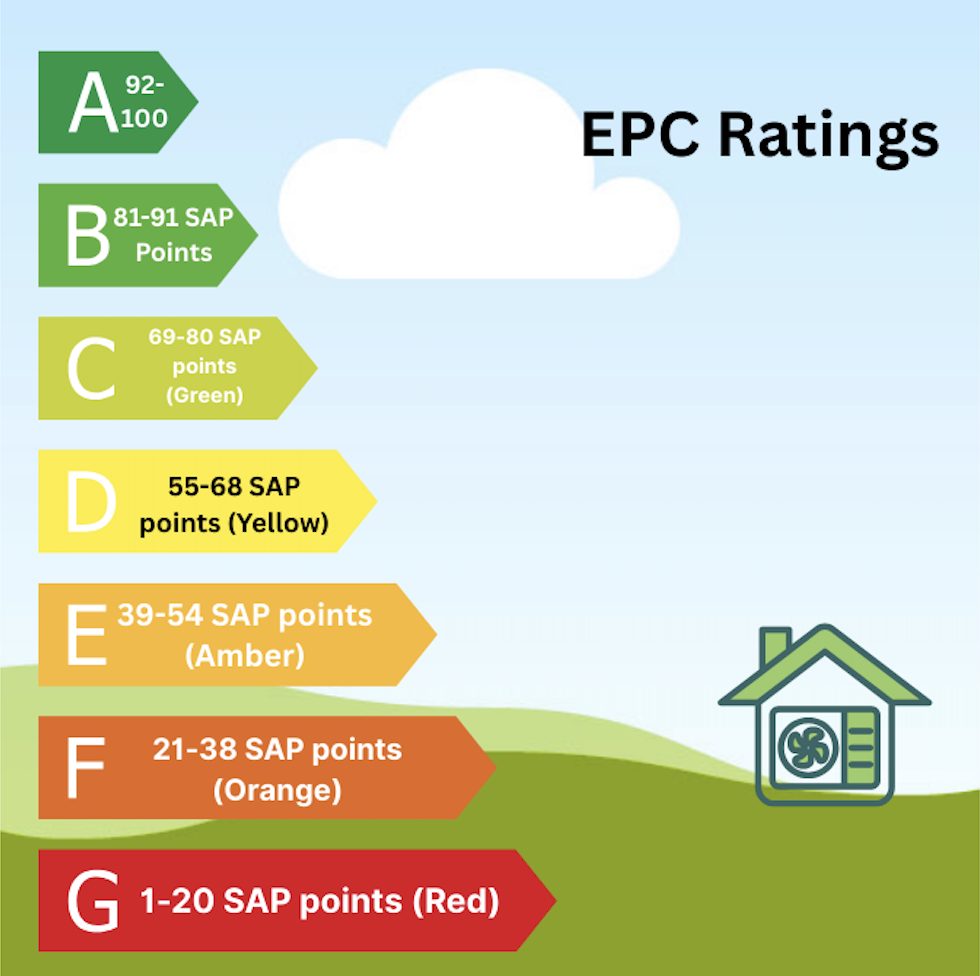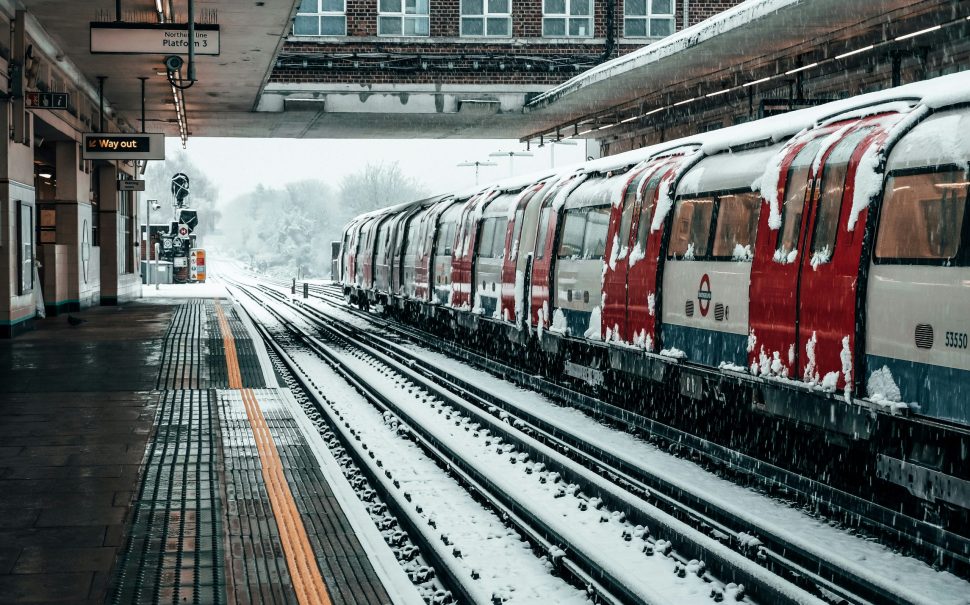Sat in a sunny corner of her flat in Hammersmith where she works from home, Louise Elliot, a 24-year-old project officer for London at the National Energy Foundation (NEF), is still wearing her headset when she picks up our facetime.
When asked to describe her job, she smiles and explains she is on the front line of her charity helpline’s target to tackle and eradicate fuel poverty in the UK.
Every day, Elliot conducts ‘warm and well’ assessments of people in desperate situations, finding out about their health, living conditions, properties, and in particular energy bills and the way they pay them in order to help Londoners out of fuel poverty.
Elliot said: “In terms of human effects of fuel poverty, some of the worst cases that I’ve spoken to are where children have been affected.
“I had one woman whose child was six and had been in and out of hospital with pneumonia three or four times in his life already because their flat has so much mould.
“It’s just insanely small things that make residents feel so constrained like they are just not able to live, dehumanised almost.
“The cold is really depressing, it absolutely sucks the energy from you.
“Being able to shower, being able to wash up your dishes, these are such small actions but if that’s going to take a couple of pounds of your [pre-paid] meter then people don’t do it.”
What is an EPC and why does it matter for fuel poverty?
The government considers one of the key underlying factors to improve these people’s lives is by improving the band of their energy performance certificate (EPC).
An EPC takes into account the structure, insulation, and appliances within a residence in order to provide an official document rating the energy performance of a building.
Since 2018 the government has required that any property to be let to renters or put on the market then it needs to have an EPC and a rating of E or above (EPC score of 39-45).

In 2028 this is set to increase to a rating of C or above (69-80).
A Department of Energy Security and Net Zero (DESNZ) spokesperson said: “We have recently consulted on plans to require private landlords to meet higher energy performance standards which will help deliver cheaper-to-heat homes.
“These plans could lift up to half a million households out of fuel poverty by 2030, while also making renters hundreds of pounds better off.”
Currently, fewer than a quarter of the London’s boroughs EPC averages meet the standard of C or above, according to Greater London Authority data.
At the top of this chart sits Tower Hamlets, which has one of the highest average EPC scores in not just London but the entire country at 74.18, which places firmly in the C category.
Department for Energy Security and Net Zero (DESNZ) data from 2022 showed there are some areas in London which have both very high EPC scores and low rates of fuel poverty, and vice versa.
Enfield, where 11.8% of households are in fuel poverty, shows an example of this with an average EPC score within the area of 64.67.
Only households in band D-G homes who fall below the poverty line after energy costs are considered as being in fuel poverty.
This definition means that changes in energy prices have the same impact, but in the opposite direction, as changes in income.
The average London EPC scores by borough, however, do not necessarily correspond to the areas worst affected by fuel poverty.
Newham, for example, is the borough with the highest population percentage of households in fuel poverty at 14.8% which is well above the 10.4% average for London as a whole, yet has a surprisingly high average EPC score of 70.4.
Elliot said: “It’s interesting because even in richer areas it tends to be that the EPC is still really low because they’re old houses.”
This explains why boroughs have both poor EPC scores and low levels of fuel poverty, but the inverse can be seen in the gentrification of lower-income boroughs in the city.
A study from Trust of London shows Tower Hamlets, Brent, Southwark, Haringey, and Newham were the most gentrified areas in the city between 2012 and 2020.
The landlords’ perspective
Private landlord Daisy Coombs, 51, who owns three small London flats, claimed planning permission becomes a huge set back for landlords with older homes who want to upgrade their properties.
This is particularly applicable if those building are listed or in an area of conservation where historical societies want to preserve the history of the city.
She said: “If you are listed, you really can’t change windows and it’s a pain because people spend a fortune trying to get the right bit of paper to say they can then do work on a building to keep their tenants warm.
“It can be a bit pen-pushy. It’s difficult because if you are in an older building but it has the character of that age, do you want to remove the beautiful bits of history to make it really efficient?
“You have to remember, as a renter, that every property now has to have its paperwork in order
“Those protections are in place to prevent bad landlords from swindling you, but for smaller landlords like myself the paperwork alone is cripplingly expensive.”
The short end the stick: private renting
According to 2023 data from the DESNZ, a far higher percentage of private renters across England were likely to be in fuel poverty than in owner-occupied and social housing.
This is a point of concern for the government, as it appears the fuel poverty rate nation wide is going to increase from 11% to 11.2%.
Schemes such as the Warm Homes Grant are currently being rolled out by councils.
The government has now released a list of the councils who have been granted the funding for the scheme, which can be found here.
Is change and improvement still possible?
Charities and government schemes have two different ways of approaching EPC improvement.
There are large actions that can be taken such as fitting a new boiler, re-insulating a roof, or installing a heat pump.
Then there are smaller, day-to-day measures which can help keep people warm too, such as draught excluders, thermal blinds, and fuel vouchers.
The potential to install these into different properties contributes to the potential average EPC score of an area.
If all homes were functioning at their most efficient and maintained their historical character, it is possible that every borough in London could reach its EPC rating goal of C and above.
In Merton ward of Hackbridge and the Camden ward of Cricklewood, this is an almost 50% improvement on previous EPC scores.
If this can be achieved without interrupting the historical beauty of the city, perhaps there is a middle ground to be found between historical preservation and improving the lives of people who are weighed down by financial struggles amid the cost of living crisis.
Elliot smiles as she opens up about her favourite days on the helpline, when she gets to tell someone they can help with a big retrofit project.
She said: “I think it’s just the relief that they are finally being listened to and being just treated with dignity and not just being treated as cumbersome.
“To not be treated as a problem and just be helped without judgement I think is really important for people.
“I’ve had such lovely messages from residents who’ve said, this has really made a difference to my mental well being, it just made me feel cosy and comfortable and human again.”
Anyone struggling with their energy bills or who wants advice on how to improve their EPC can refer to Shine London, NEF, Groundwork, ECO4 or GBIS.
Feature image: Free to use from Unsplash





